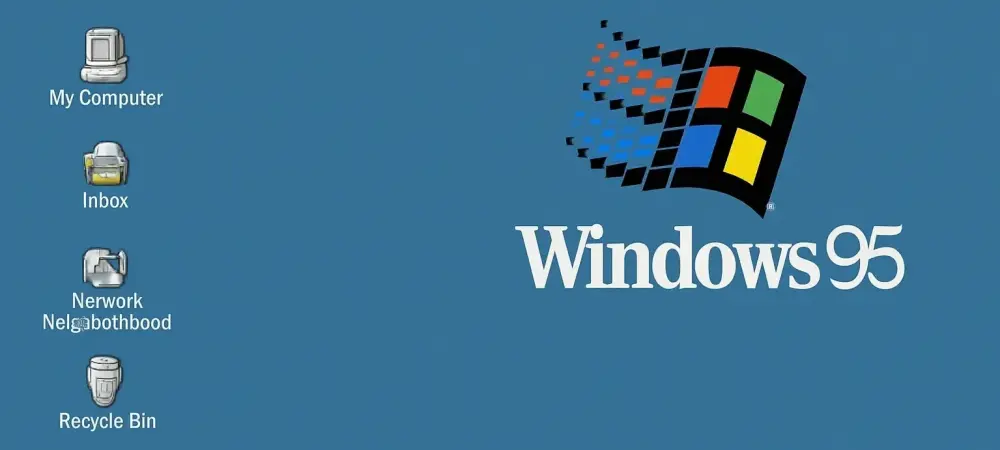Digital creator AR 4789 has ignited a wave of nostalgia with the imaginative concept of Windows Classic Remastered (Windows CR), an operating system design that has captivated many enthusiasts. This speculative project offers a unique blend of the classic and the modern, envisioning a version of Windows that melds elements from beloved past iterations—Windows 3.1, 95, 98, and XP—with current technological innovations. In recent years, dissatisfaction with Windows 11, stemming from its restrictive hardware requirements, dependence on Microsoft accounts, and complexity due to AI integration, has fueled a yearning for more straightforward, user-centric platforms. Windows CR taps into this longing by presenting a retro-inspired interface that consolidates timeless features such as an intuitive Settings menu, diverse theme support, and an enhanced Clippy assistant, evoking a sense of familiarity and control that many users miss in today’s offerings.
Reflecting Nostalgia and User Demands
Although Windows CR remains theoretical, its appeal underscores a trend among users seeking operating systems that prioritize clarity and simplicity. Features such as Quick Settings, Task View, and Search, paired with classic designs, offer an enticing alternative for those overwhelmed by the complexity of current systems. Windows CR’s potential lies not only in aesthetic value but as a practical response to user needs, demonstrating a preference for usability and autonomy over relentless innovation. As technology advances, the quest for new features can sometimes disregard user-friendly interfaces, positioning Windows CR as a thought-provoking concept within user experience discussions. By balancing innovation and user satisfaction, software developers are prompted to rethink their strategies to match user desires. Such speculative designs reinforce the need for user-oriented development, ensuring future advancements align with principles of simplicity and control. Windows CR’s story highlights the ongoing impact of traditional design principles, suggesting paths for future tech development focused on functionality and satisfaction.

